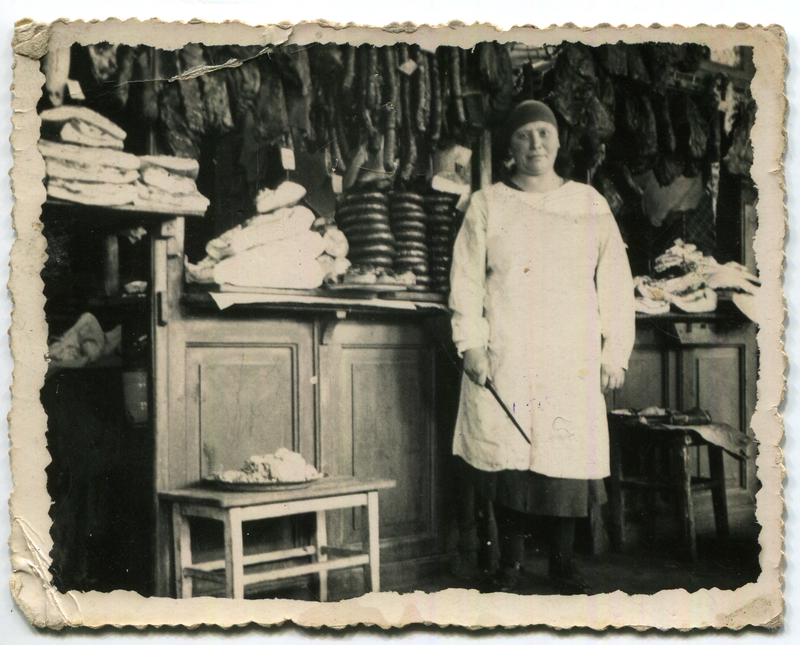Meat in Vilnius
Welcome to Glutton’s Lane (Lith. Apsirijėlių skersgatvis) – this is what this street was called in the 19th century. And it was for good reason – it was known as a hub for meat trading since the 16th century. Try to imagine the following: there were no refrigerators in those days, so it was difficult to store, transport and sell meat. This meant that animals were slaughtered on specific days in the hope of selling their meat quickly.
19th-century Vilnius had a butchers’ guild, which was first established in 1536. Its members had different privileges and took care of selling meat, its correct weighing, cleanness in shops and even conducted business with customers. Guild workers often argued with merchants, and members of the butchers’ guild could be punished for buying meat from Jewish slaughterers and selling it in their shops.
When the Executive Sanitary Commission was set up, a lot of focus was put on educating people about sanitary conditions in shops. A few letters have been found explaining how sausages were made of horseflesh meat and dead pigs. In the press, city dwellers complained about onion, flitch, coal or even sand and hair found in sausages.

